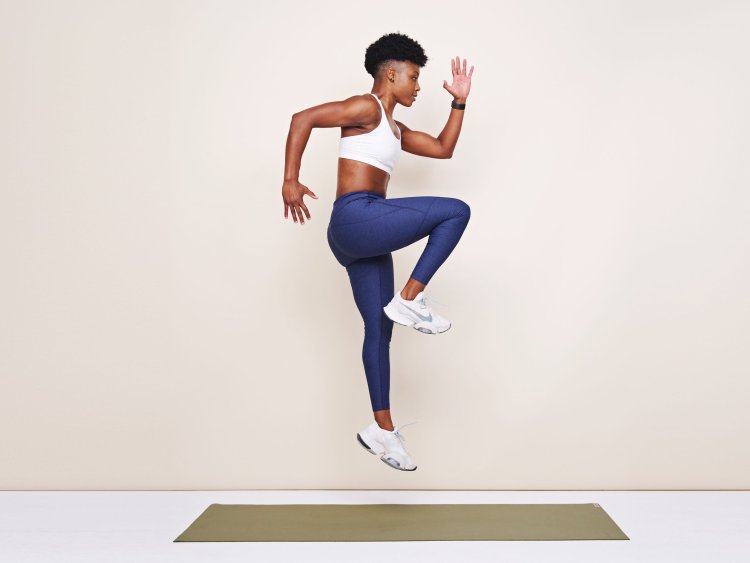Plyometrics: Three Intense Exercises That Even Novices Can Do
You are not alone if the term "plyometrics" conjures images of Olympic sprinters, CrossFit WODs, or box jumps. The fact is, though, that you do not have to be an expert or even extremely fit to begin with plyo.

Plyometric exercise, sometimes referred to as "jump training," increases power, strength, and speed through explosive movements. Even though it is well-known for being intense, novices may definitely scale it.
You are in the right place if you want to add a little more "pop" (literally) to your workouts.
Let us start with the definition of plyometric exercise.
Jumping, hopping, and bounding are examples of plyometric exercises, which are quick, forceful motions that start with a stretch and end with a quick contraction of the muscles.
They get better:
Strength of explosion
Coordination
density of bones
Agility and balance
In other words, it is not just about jumping higher; it is also about improving your strength, movement, and body's ability to adapt and recover more quickly.
However, what if I am just getting started?
Plyo does not require you to jump onto a 24-inch box. Actually, all you need for beginner-friendly plyometrics is your bodyweight, a small area, and the bravery to get off the ground.
These three powerful exercises are ideal for novices and do not require a gym membership.
1. Low-impact jump squat preparation: Squat to Calf Raise
You may learn explosive upward movement with this technique without really getting off the ground.
2.Steps to follow: Place your feet shoulder-width apart.
With your chest raised, lower yourself into a squat.
Why it works: It protects joints and increases lower-body strength and balance, making it ideal for people who are just starting out with impact-based exercise.2. Intent Jumping Jacks
Yes, if you perform it intentionally, the simple jumping jack counts as plyo. It is a low-barrier entry into rhythm, gentle impact, and coordination.
How to: Keep your feet light, start slowly, and land gently.
Perform 30 seconds at a time, take a break, and repeat three times.
It increases your heart rate, activates fast-twitch muscle fibers, and acclimates your body to lifting off the ground and coming back under control.
3. Line Hops Laterally
How to: Use tape or draw a line on the ground.
For 20 to 30 seconds, hop side to side across the line while keeping your feet together.
Land gently, keep your knees slightly bent, and concentrate on remaining light and quick.
Why it works: Without the daunting height or speed of advanced plyo, it strengthens stabilizing muscles and improves reaction time.
Be cautious and start slowly.
Start by doing each exercise two or three times, for 30 seconds on and 30 seconds off. Pay attention to:
Form over speed
Gentle landings
Regulated motion
Energy is what plyometrics are all about, not ego. You will reach new strength and performance levels more quickly than you might imagine if you pay attention to your body and grow gradually.
Lastly, remember that you are powerful.
You do not have to aim to be an Olympian to start plyometrics. It indicates that you are making the decision to move with intention, push yourself, and discover a power you may not even be aware you own yet."Explosive" just means "alive," not "extreme."
What's Your Reaction?




















